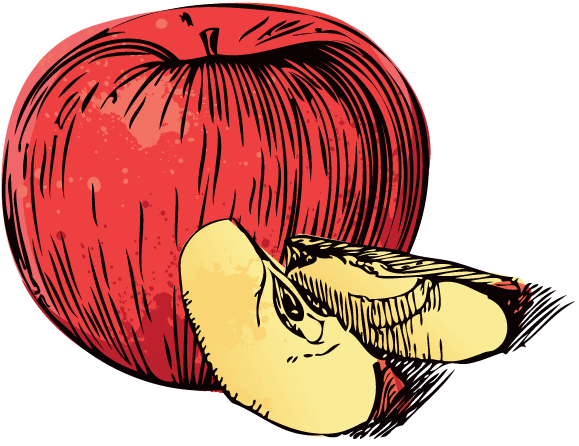Is there improvisation in the blues?
Is there improvisation in the blues?
Improvisation and soloing is a large part in playing Blues guitar. Not only when playing guitar solos, but also for example when accompanying, playing fills and different chord-voicings and rhythms.
What is the C major blues scale?
The notes of the C Major Blues Scale are C D D# E G and A. Like the Minor Blues Scale, you can think of the Major Blues Scale as a modification of the C Major Scale using the following scale degrees: 1, 2, flat 3, 3, 5, and 6.
What scales can be used in improvisation?
The Dorian minor scale as a b3, natural 6, and b7. It is the most commonly used minor scale for improvisation in jazz music. It works over any ii chord, or i chord, but it can also be used for other minor chords, such as the iii chord and the vi chord.
What scale is used for improvisation in blues?
A blues scale is a six note scale based on the major or minor pentatonic with added chromatic “blue” notes.
Why did blues musicians improvise so much?
Improvisation (composing music “on the spot”) is important in blues and jazz music because these types of music typically already have a pre-defined chord progression that lends itself to creative melodic expression. In other words, it’s easy to play solos over these chord progressions!
How many blues scales are there?
There are 2 kinds of blues scales: the minor blues scale and the major blues scale.
How does the blues scale work?
A blues scale is a six note scale based on the major or minor pentatonic with added chromatic “blue” notes. Major and minor scales have concrete, well-defined characters, but blues scales create entirely new characters by melding both major and minor sounds together into memorable scales.
Is the blues scale good for jazz improvisation?
For many students, when starting out with blues improvisation, it’s very easy to get locked inside the notes of the blues scale and never deviate away from 6 tones. The blues scale can sound amazing when used effectively, but the problem is that beginner jazz students will tend to just play up and down the scale for the whole solo.
How many flats does the C blues scale have?
The C blues scale has 3 flats. Middle C (midi note 60) is shown with an orange line under the 2nd note on the piano diagram. These note names are shown below on the treble clef followed by the bass clef. On the treble clef, Middle C is shown with an orange ledger line below the main 5 staff lines.
Do you know the notes of the blues scale?
At this point in our study of the blues, now it’s time to introduce the blues scale. For many students, when starting out with blues improvisation, it’s very easy to get locked inside the notes of the blues scale and never deviate away from 6 tones.
Is the C minor pentatonic scale based on the blues scale?
C minor pentatonic scale notes This step shows the C minor pentatonic scale scale notes, on which the blues scale is based. The minor pentatonic scale is made from the 1st, 3rd, 4th, 5th and 7th notes from the natural minor scale above. To understand why this scale has these sharp and flat note names, have a look at the C minor pentatonic scale.
